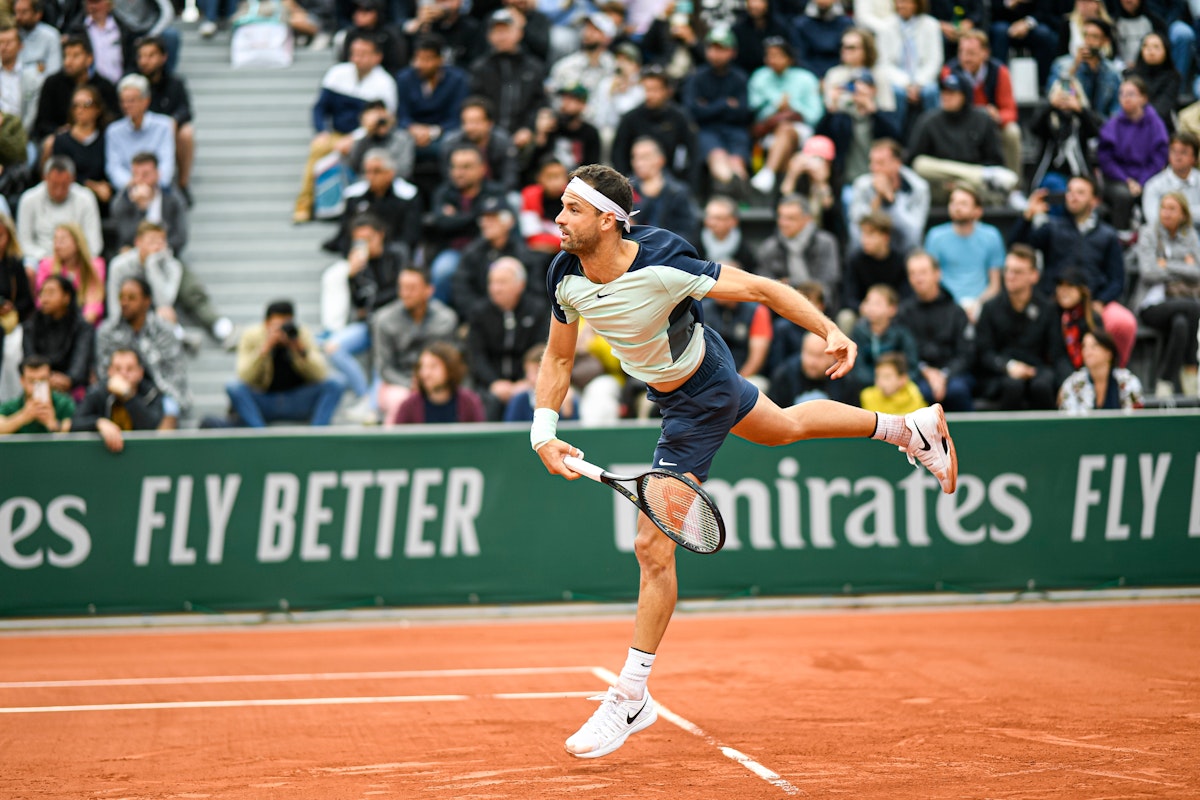
I was genuinely gutted for Grigor Dimitrov on Monday night. He was doing everything right, leading 2 sets to 0 against the world number 1 Janik Sinner on Wimbledon Centre Court when a pectoral tear forced him to retire. Brutal.
Dimitrov is regarded as one of tennis’ top servers - regularly hitting >140mph. He won 95% of his first serve points in the first set alone..
It’s a question fans often ask: if first serves win 70-80% of points, why not just hit two of them every time?
The answer lies in a mix of risk, control, tactics - and, as we saw on Monday, fatigue and injury. Being a real-time data geek, and complying with my new marketing teams wishes (😂), here is a brief analysis as to why..
(1) Consistency and Control
Normally you land your first serve ‘In’ 60% of the time, and win 75% of those points = 45% win rate.
When you miss your first serve, 40% of the time, and land your second serve 95% of the time, then on average win 55% of those points = 21% win rate.
First serve + second serve = 66% - not bad!
BUT if you go for 2 first serves:
You land your first serve, 60% of the time, and win 75% of those points = 45% win rate.
When you miss your first serve, 40% of the time, and go for ANOTHER first serve, it goes In 60% of the time, and then you win 75% of the time = 18%
First serve + first serve = 63% - not great!
(2) Double Fault Risk Quadruples
On average, first serves land ‘In’ around 60% of the time. Second serves, 90%.
Two first serves landing ‘Out’ will happen 16% of the time (0.4 x 0.4).
With a second serve, 96% of the time there is no double fault (60% ‘In’ + [40% x 90% ‘In’]) = 96%.
To break-even, you need to win 78% of your first serve points. Why? Because with 2 first serves, you only win when one of them goes in, which happens 84% of the time (1 - 0.16%), so 84% x 78% = 66% - the same as our normal strategy! Pretty tough.
(3) Tactical Variety
Second serves offer spin, placement, deception. If every serve is a rocket, returners adjust, lowering your success rate.
(4) Fatigue and Injury
Big serves take a toll. Dimitrov’s withdrawal was a clear reminder; even top athletes' muscles don’t last forever.
Nerdyness aside, I wonder if Dimitrov would have adjusted his strategy if he had known he was more fatigued than he perhaps realised?
F1 drivers change strategy to preserve their tyres; though they do have thousands of sensors and teams of analysts.. Perhaps the next generation of super athletes will learn to read their own data in real-time, no sensors, no computers - just feel. It would be a pretty good edge…